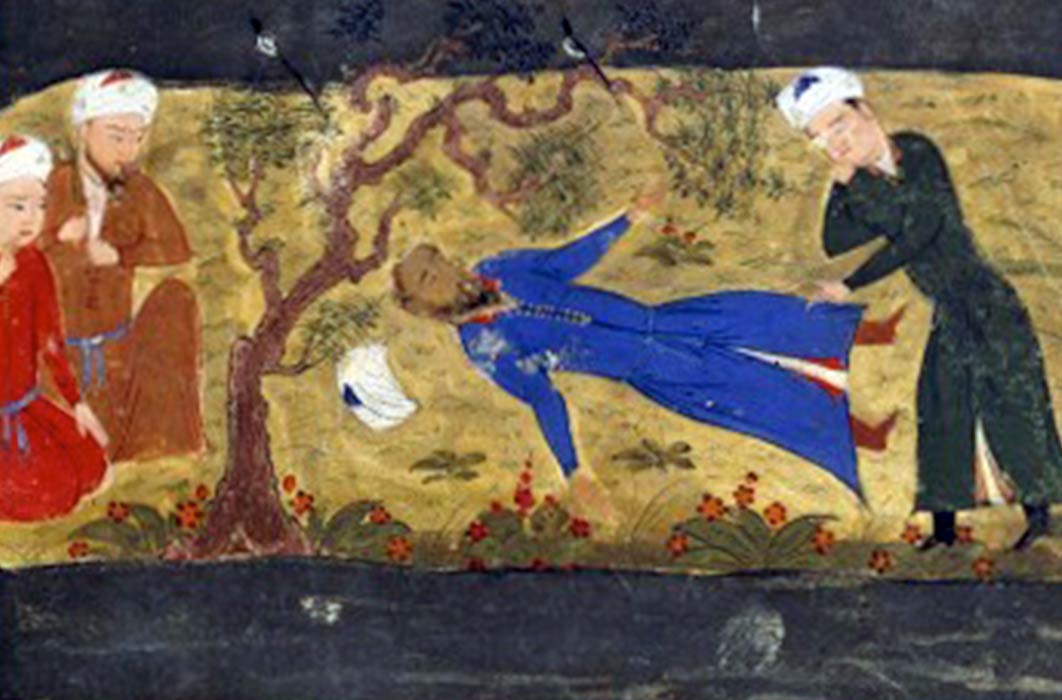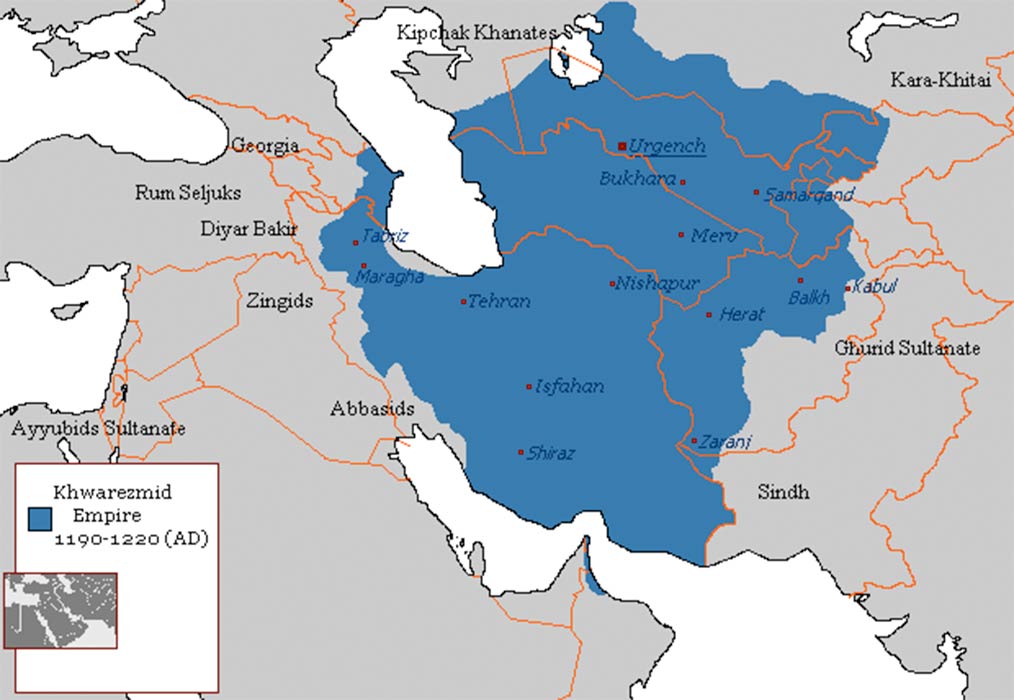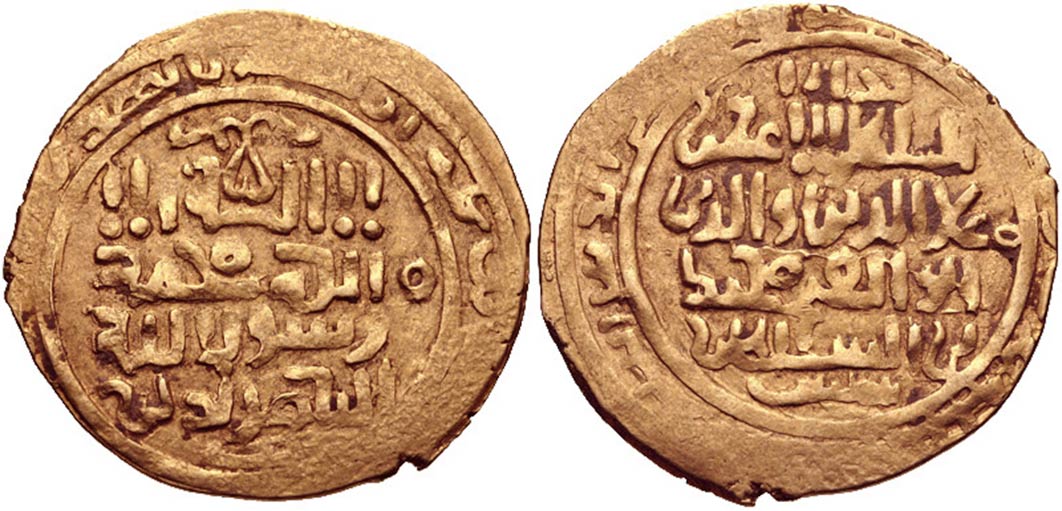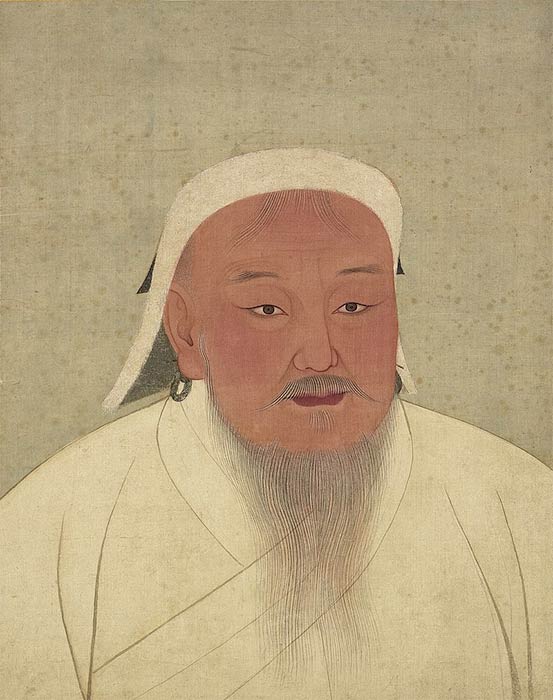
In Pursuit Of The Shah, The Mongols Discover The West
In 1219, Genghis Khan led his armies into the mighty Khwarazmain Empire (present-day Central Asia, Afghanistan, and Iran) and smashed it. The provocation of this attack was due to the mistreatment of ambassadors and merchants. The Mongols had sent envoys to Shah Ala ad-Din Muhammad II to establish a trade deal and relations, but the Shah and his advisors suspected them of being spies and sent them back. This could very well have been true, given the Mongol nature to scout out areas they had an interest in. Genghis sent one more envoy to the Shah, but when this attempt also failed, he declared war. After the Mongol invasion and conquest of the Khwarazmain Empire, Genghis’ generals Subotai and Jebe initiated a hunt for the fleeing Shah, which would eventually lead to the great raid of Europe starting in 1220.

Khwarezmid Empire's Area (Arab League/ CC BY-SA 3.0)
In Pursuit Of The Shah
What led the Mongols to push further west after the Khwarazmain Empire had been partially subdued? There are multiple answers and all provided by Subotai. The first answer is pursuit. After the Mongols devastated the major cities of Bukhara, Samarkand, and Urgench in northern Khwarazmain, Genghis Khan made it clear that he wanted the feeling Shah Ala ad-Din Muhammad II captured. In 1220, Genghis decided that a force of 30,000 men should pursue the Shah and he summoned Subotai, his son-in-law, Toguchar, and his son, Jebe. Each of these three generals was assigned a tumen (a division roughly consisting of 10,000 men) with Subotai in charge of the operation. Genghis Khan, according to a Muslim chronicler, stated: “Do not come back until you have taken the prisoner. If he flees before you, follow him through his domains, whithersoever he may turn. Spare every town which surrender to you, but destroy ruthlessly anyone who gets in your way and offers resistance”.

ISLAMIC, Persia (Post-Seljuk). Khwarizm Shahs. Dinar of 'Ala al-Din Muhammad II. (CC BY-SA 2.5)
To escape the carnage of his empire and regather his forces, the Shah fled to Balkh. It was here at Balkh that he learned that Samarkand had fallen. While in Balkh, the Shah pondered the idea of relocating to Afghanistan, but reconsidered, given that not too long before, he had conquered the land and the locals may not be so welcoming to receive him. While the Shah was considering a secure location to regroup, Subotai, Jebe, and Toguchar had crossed the Amu Darya River. Subotai ordered his forces to proceed in a broad front, which allows the army to spread out in columns and to cover wide swaths of land. Subotai was aware that the Shah’s army was still capable of regrouping an attacking. Therefore, he decided to advance with caution by marching in columns and as broad as possible. Subotai posted an advance guard of 1,000 men led by Jebe. Toguchar covered the rear, while Subotai led the main body. By advancing in this fashion, they were effectively protecting their lines of communication while making it difficult for the enemy to outflank them. Even if the enemy forces were able to disrupt the line of communication of one tumen it would not affect the entire force since their lines would still be connected. To prevent such an attempt or diminish the possibility, Subotai sent scouts ahead to gather intelligence.

Taizu, better known as Genghis Khan.(Public Domain)
Disobedient Toguchar
Once across the Amu-Darya, the Mongol forces were on the move and traveling 80 miles (128 kilometers) a day. During that time many towns and villages surrendered to the advancing Mongol army to escape their wrath and plunder. Before Subotai left, Genghis had handed him a seal that exempted towns from being massacred if they surrendered. One of the generals, Toguchar, violated this order by sacking a town that had surrendered to his brother-in-law, Jebe. Genghis considered executing his son-in-law but decided to relieve him of his command. As for the men under his command, they were transferred under Subotai. Toguchar was demoted and joined the common soldiers and soon died in an assault on a town.




